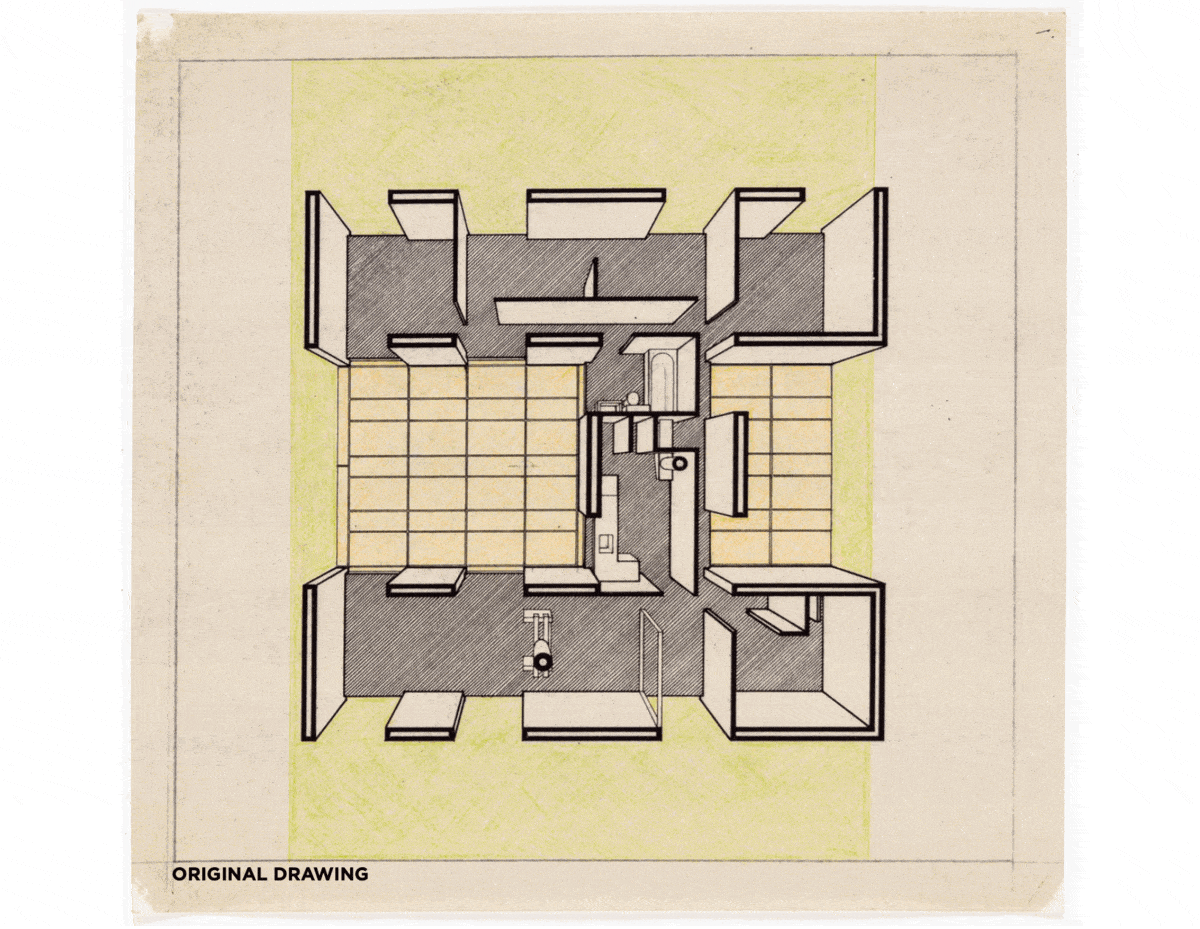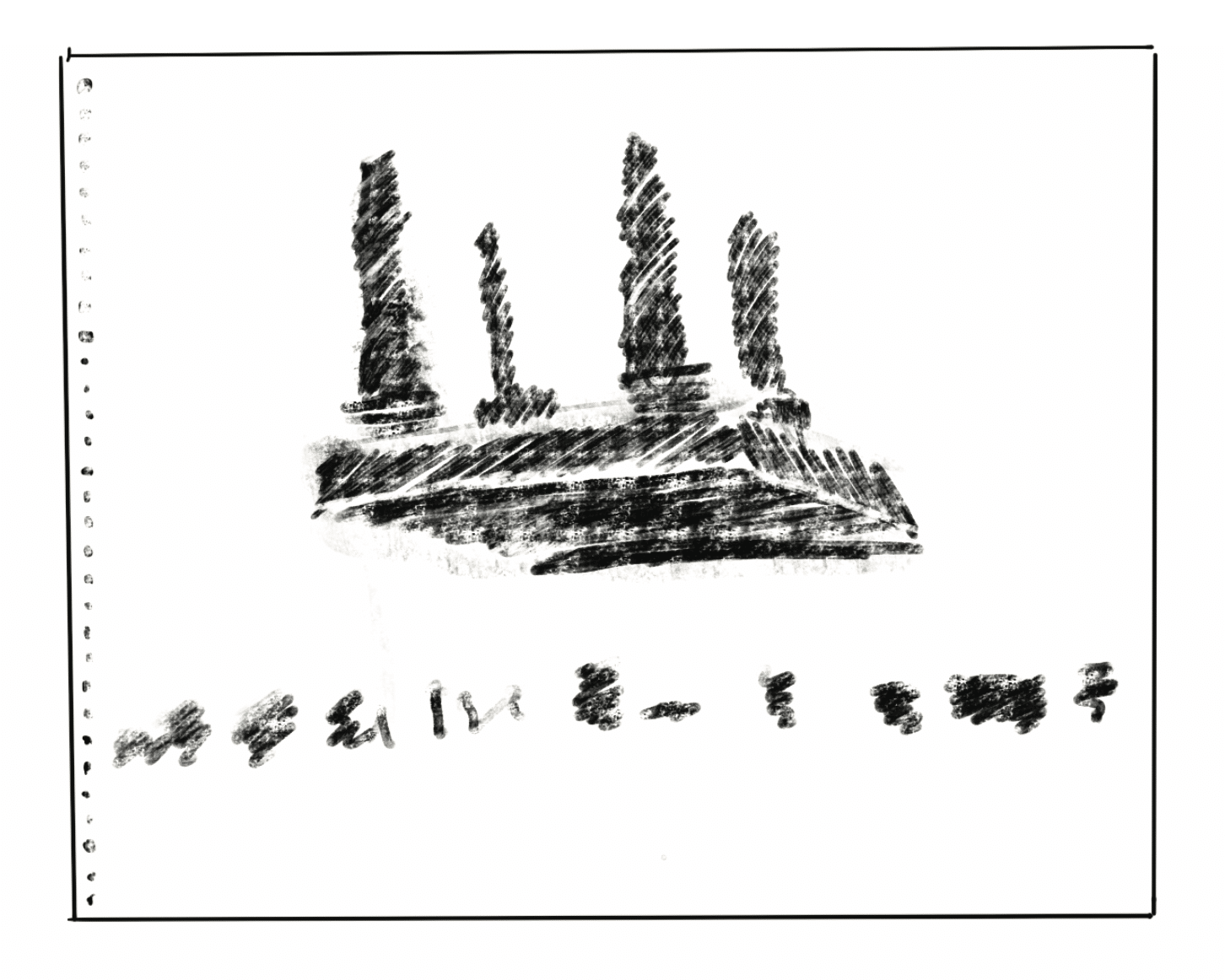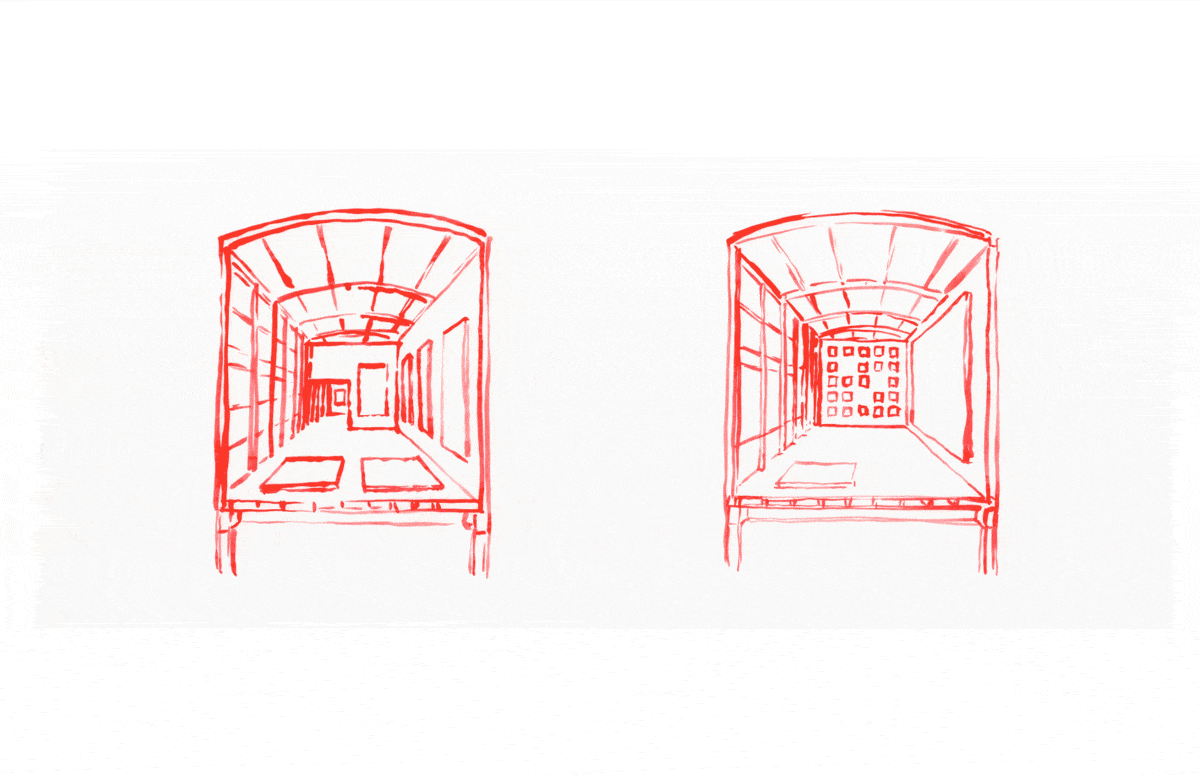Adaptations: A Teaching Studio at Cornell
– Roz Barr
Options Studio was an Elective Module at Cornell University led by Roz Barr.

The act of making means engaging with an idea that can be made, unmade, and reconsidered before being realised. Model-making has a critical role in formulating and realising an idea. Materiality and form are developed through discussions while we construct the maquette. Nothing is fixed in this process; our ideas are continually evolving as we transfer them into physical form. Every model or drawing embodies a design decision and acts as a catalyst for future phases of the architectural process.
Craft survives because it is inherently ritualistic. A ritual is a set of actions performed with a certain degree of reverence that often produces a mark or leaves a material trace. Computer modelling could be considered procedural: physical modelling, a modality of craft is ritualistic. Perhaps craft is not so much associated with the notion of production, but with the idea of revelation.
Drawing Matter and the Architecture Foundation’s brief for Alternative Histories in 2018 set in motion a similar brief of mine: the study of a single drawing by a given architect. Students were asked to only respond to the drawing assigned to them. Many of the students were unfamiliar with either the architect or the project. This began an exploration of what the drawing represented and its relationship to medium, paper or canvas.


The intention was that this elective would help define the use of the drawing as a vehicle to produce a maquette as a tool of transformation. The model embodies an idea beyond the drawing, developing and transposing our first thoughts. The aim was to address scale and materiality as a form of representation and use the historical references of drawing to develop a new form of representation.
We discussed each drawing over the course of eight seminars. Each student had an intuitive response to their drawing, their own narrative or ‘alternative history’. This was achieved through various exercises: a text, a series of drawings, and then a maquette, developed in two scales. The exercise concluded with a drawing in response to the maquette. The outcomes were intriguing and developed an idiosyncratic body of work.


What I found most enjoyable about this process was the student’s naivety towards the drawings and the architects. I made a point of insisting that no reference to the project of the drawing should be used. Architects Paul Robbrecht and Peter Markli’s languages of proportional systems alone were incredibly insightful. It was a surprise that many of the architects selected were from unfamiliar territories within a North American context, and rewarding to follow as a tutor. We all learned through this process of discovery and making.
Eight weeks of rigorous focus on one drawing as subject was an intuitive exploration into understanding not only representation but the elements of architecture. For the critics as much as the students, it was an enriching process of revelation. The entropy of making and unmaking to look at things anew is always engaging.
With thanks to my students
Arseny Mikhaylovich Pekurovsky
Allison Wenner
Kate Heath
Jeremy Hullien
Bushra Aumir
Parveen Menon
Sang Hun Luke Cho
Tan Halacoglu
Genevieve Gary
Christina Xie
Lily Chen
Rodensa Au
